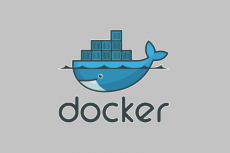- March 2018 (1)
- February 2018 (1)
- June 2016 (2)
- April 2016 (1)
SSLPing can detect most SSL/TLS security issues such as weak ciphers and expired certificates. It can check your websites every day and give you a clear view of all your servers. Sign up and you'll receive email alerts whenever something goes bad.
When you register for a free account, you get a clear dashboard of all your servers and at a glance see if everything is OK. Plus you can check ports other than 443, tag servers, filter and sort results. But most importantly, SSLPing checks all your SSL servers every day, and if something changes, it emails you about it so your visitors won't get HTTPS warnings without you knowing. We'll tell you if we discover new problems, when we add more checks, so you don't have to worry about a cipher or protocol becoming compromised.
Which tests are performed:
- SSLPing checks your security on four different levels: certificate, protocols and ciphers and known vulnerabilities.
- It can detect most threats, and tests a list of 200+ ciphers for weak or very weak ciphers. Feel free to compare it with other tools and tell us if you feel some tests are lacking.
- SSLPing promotes excellent security by clearly showing what you could improve.
- It tests versions of TLS from SSLv3 to TLS1.2.
- SSLPing is very fast but it doesn't hammer your servers with requests: there's no performance penalty for using it.
SSLping is used by 450+ users, to monitor 10500+ servers every day, and it's still free.




